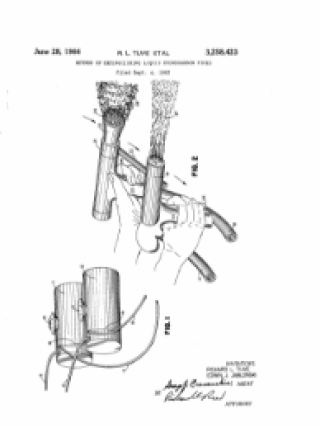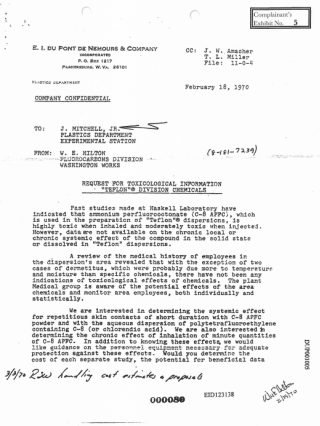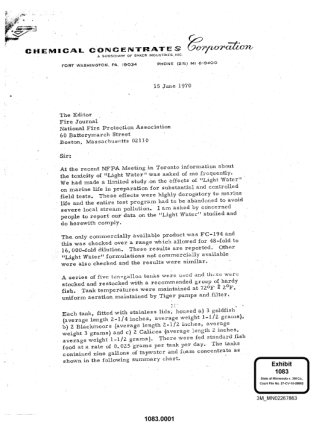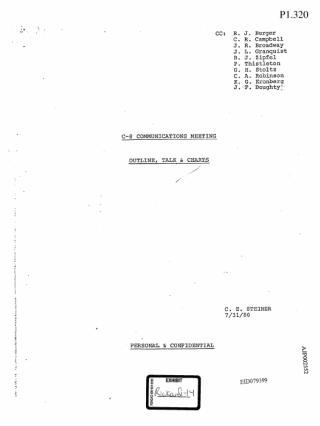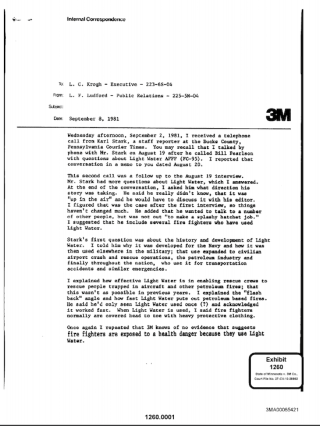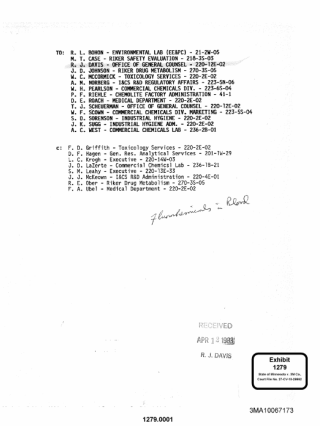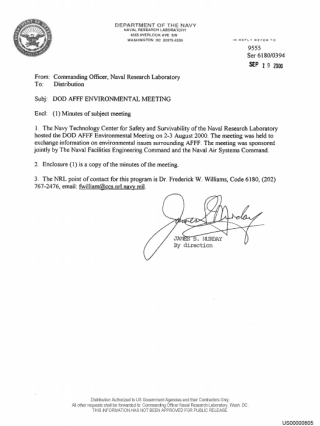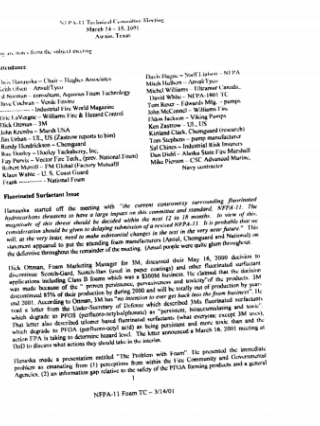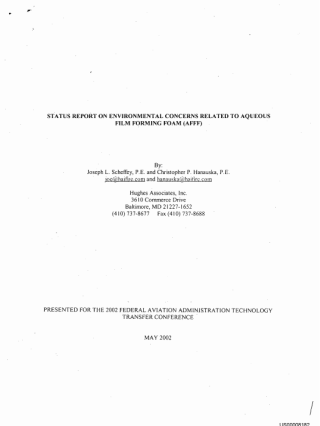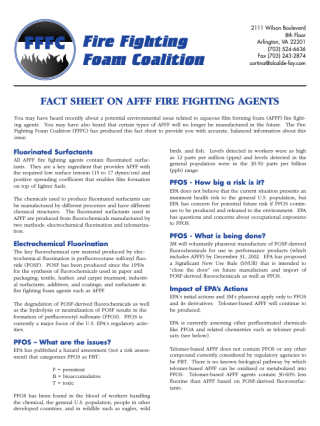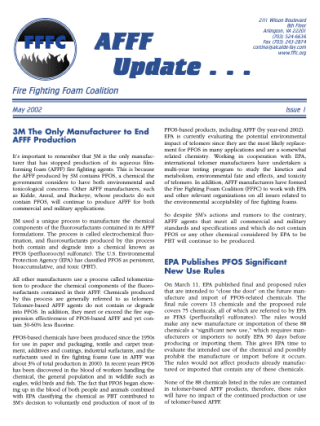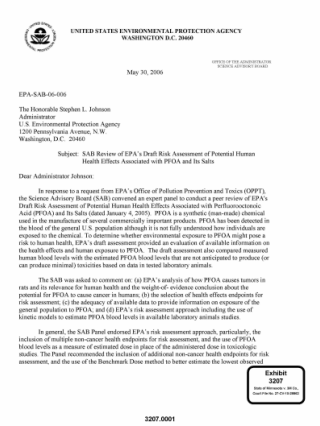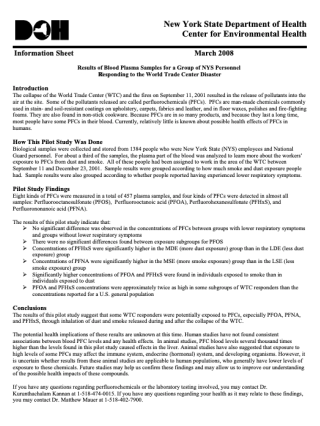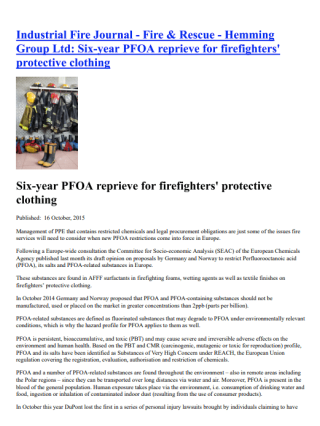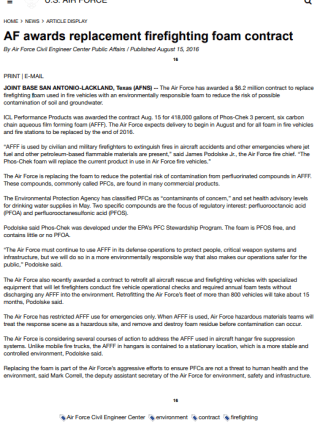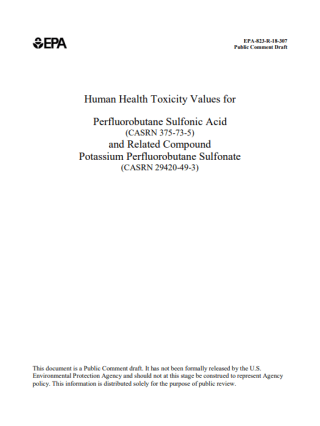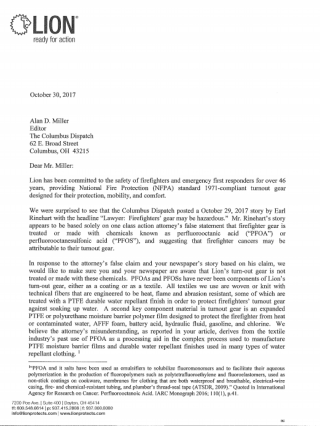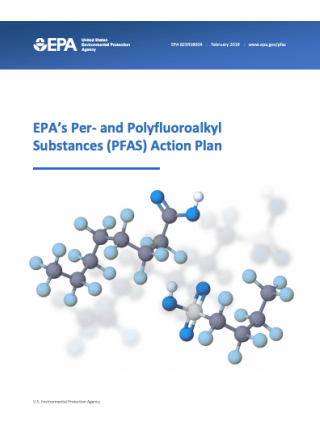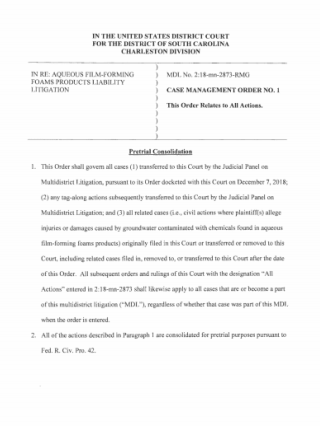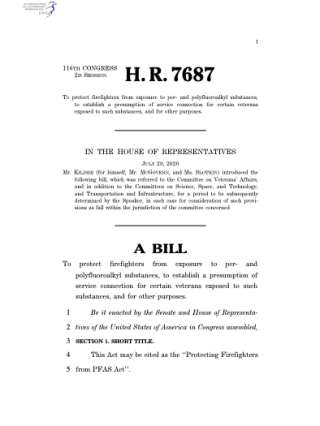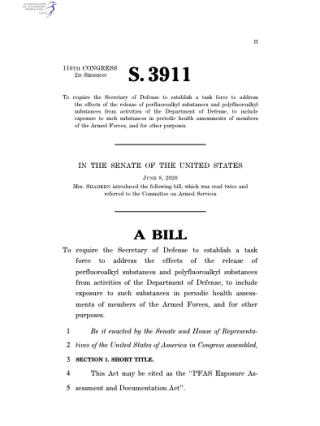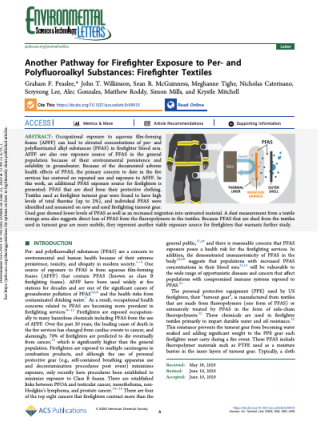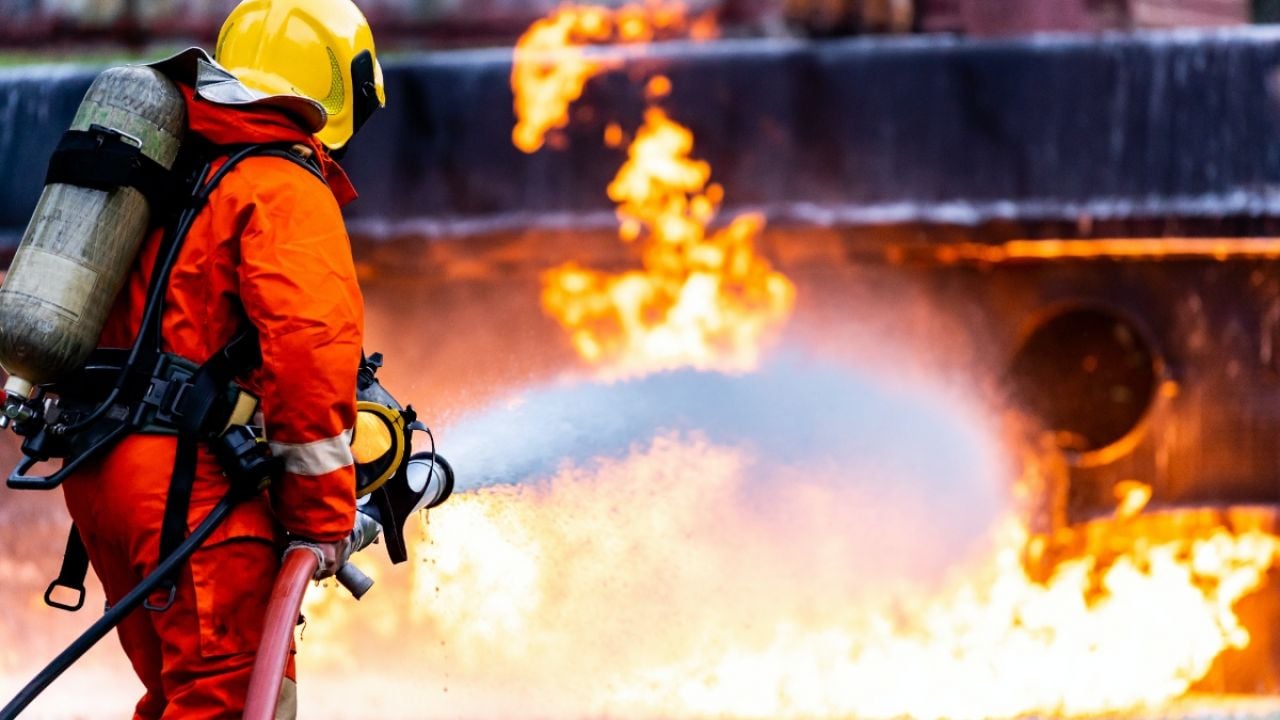
For decades, firefighters have been exposed to the “forever chemicals” chemicals known as PFAS, through PFAS-based firefighting foams and firefighting gear coated with PFAS as a water repellant. Foam and gear manufacturers knew that PFAS was toxic and building up in blood but never warned firefighters and instead fought to continue their use.
A study by the National Institute for Occupational Safety and Health, completed in 2015, found “evidence that firefighters are at increased risk of certain types of cancer as a result of occupational exposure.” Although the study did not look at PFAS specifically, other studies have linked these compounds to an increased cancer risk.
Here’s what manufacturers and users of PFAS-based firefighting foam and PFAS-coated gear knew and when they knew it
